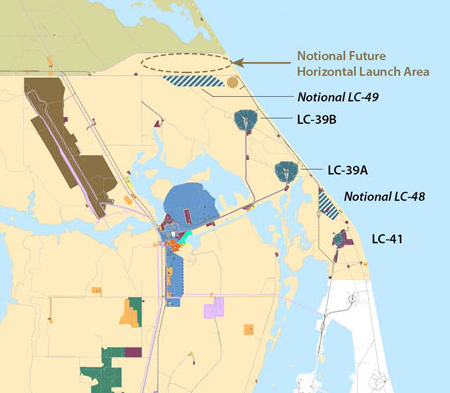Firefly forced to postpone next launch because of security issues
Capitalism in space: Firefly has been forced to postpone its next launch of its Alpha rocket, tentative scheduled for late January, because the federal government wants the Ukranian investor — who essentially saved the company when it went bankrupt — to completely divest himself of any ownership.
Noosphere Venture Partners, a fund run by Ukrainian-born investor Max Polyakov, said Dec. 29 that it will retain an investment banking firm to sell its interest in Firefly. That sale comes at the request of the Committee on Foreign Investment in the United States (CFIUS), the company said.
Polyakov invested $200 million to bring the company from the ashes when it was about to be liquidated in bankruptcy proceedings. He left its board of directors last year and reduced his share in the company last year in an effort to ease these same concerns. Apparently that wasn’t good enough, even though his ownership was not a problem when the company obtained a lease for a launch site at Vandenberg Space Force Base.
Though there might be a real security issue, we must not dismiss the possibility that this is a corrupt power play by people in Washington to use Polyakov’s foreign roots to push him out so that they can replace him, now that the company is healthy and moving forward after Polyakov saved it.
I know this is a cynical suspicion, but based on the behavior of our Washington bureaucracy and legislators in the past decade, it is far from an unreasonable one.
Capitalism in space: Firefly has been forced to postpone its next launch of its Alpha rocket, tentative scheduled for late January, because the federal government wants the Ukranian investor — who essentially saved the company when it went bankrupt — to completely divest himself of any ownership.
Noosphere Venture Partners, a fund run by Ukrainian-born investor Max Polyakov, said Dec. 29 that it will retain an investment banking firm to sell its interest in Firefly. That sale comes at the request of the Committee on Foreign Investment in the United States (CFIUS), the company said.
Polyakov invested $200 million to bring the company from the ashes when it was about to be liquidated in bankruptcy proceedings. He left its board of directors last year and reduced his share in the company last year in an effort to ease these same concerns. Apparently that wasn’t good enough, even though his ownership was not a problem when the company obtained a lease for a launch site at Vandenberg Space Force Base.
Though there might be a real security issue, we must not dismiss the possibility that this is a corrupt power play by people in Washington to use Polyakov’s foreign roots to push him out so that they can replace him, now that the company is healthy and moving forward after Polyakov saved it.
I know this is a cynical suspicion, but based on the behavior of our Washington bureaucracy and legislators in the past decade, it is far from an unreasonable one.

